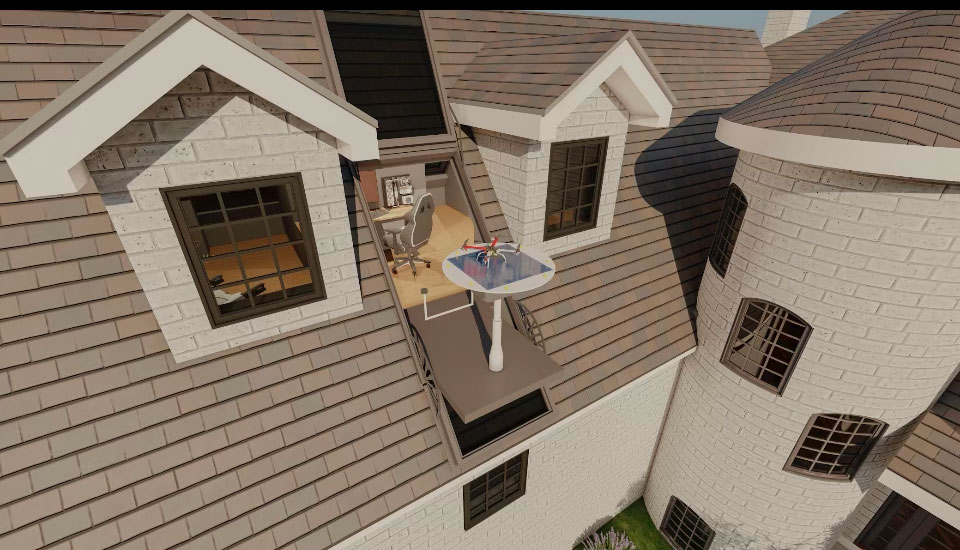Before drones are flying around our burritos, prescriptions and maybe giving us a quote on roof repair, we’re going to need some infrastructure to enable this transformation.
Even though the Federal Aviation Administration is going to take some time to allow drone delivery across the country, there are a handful of companies building out the nuts and bolts that will be necessary to get there.
In a report from consultancy giant McKinsey, there are a lot of complex software needs, algorithms and routing plans that will ensure safe drone delivery, but plenty of physical assets required, too.
The 2019 report calls out three key things: vertiports or helipads that facilitate automated landings and takeoffs, receiving vessels to take automated deliveries and charging stations. The latter could be embedded in the vertiports or elsewhere.
There are a number of companies working on these physical needs including Flytrex, which manages their own launch ports but delivers via tethers directly to consumers. Dronedek is working on receiving vessels for consumers. Drone Industry Systems is out surveying roofs to start building vertiports. The whole ecosystem is building solutions for a much more automated future.
Dronedek raised $7.1 million to develop smart mailboxes and begin pilot programs around the devices. Founder and CEO Dan O’Toole said that’s one aspect of what will be a radical transformation.
O’Toole said it’s one aspect of what will be a radical transformation.
“This is an exciting time for both businesses and consumers,” O’Toole said. “We are on the brink of a revolutionary change that will fundamentally transform how things are delivered.”
At the business end of the drone delivery ecosystem, Drone Industry Systems founder and CEO Mike DiCosola is looking at a lot of rooftops, largely wasted space today that could become important nodes for drone delivery.
“You’re not going to rebuild the world, but we can repurpose it,” DiCosola said. “Taking existing rooftops and repurposing it into a drone airport, that allows us to have true last-mile logistics.”
He said such ports also solve a tricky problem that dances on that line between physical assets and software: weather. Airport have weather stations and airplanes monitor weather at high altitude, but drones can’t fly above 500 feet.
“We make vertiports with all the sensors necessary, communications, weather, LIDAR—now we can put that on the roof. That fixes a big void. From there, that’s the departure stage of the order. Once you have in-route drones with sensors on board, those will be able to communicate and say, ‘Hey, weather’s good here or you need to redirect.’”
At the customer end, DiCosola is also working on a sensor-heavy automated doorbell that will alert customers to a drone delivery and also provide that hyper-local weather data.
So far, the company is in “the partner stage” and working with other entities to start building ports to service the 60 or so different vertical markets where drones make sense like food delivery, 911 services or local journalism. Once he gets to work building rooftop vertiports, he said there should be scale in some markets for the federal laws to embrace the innovation.


